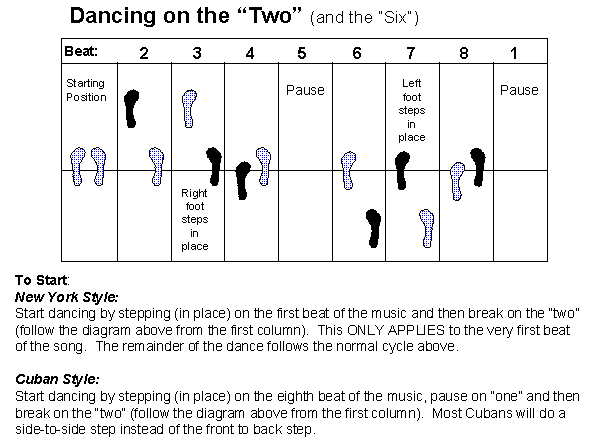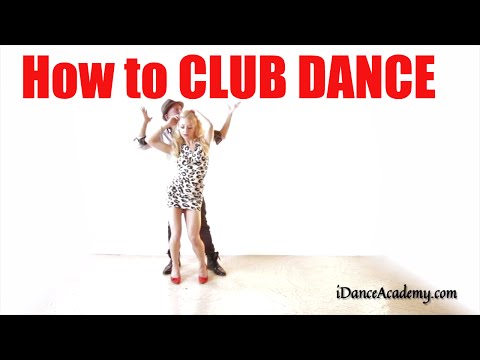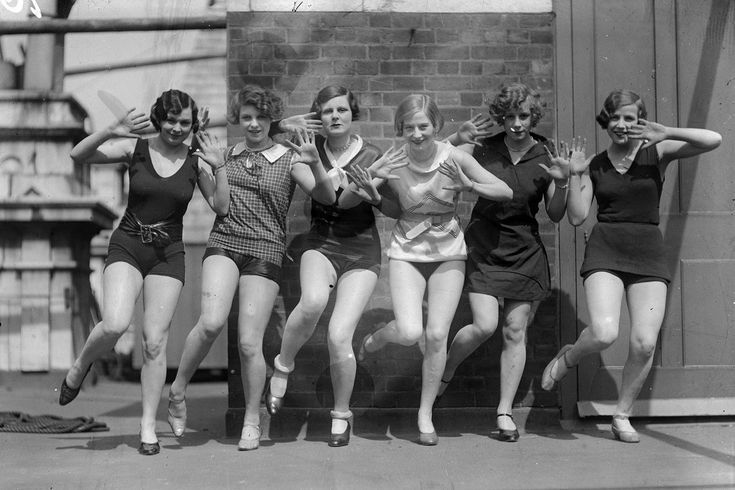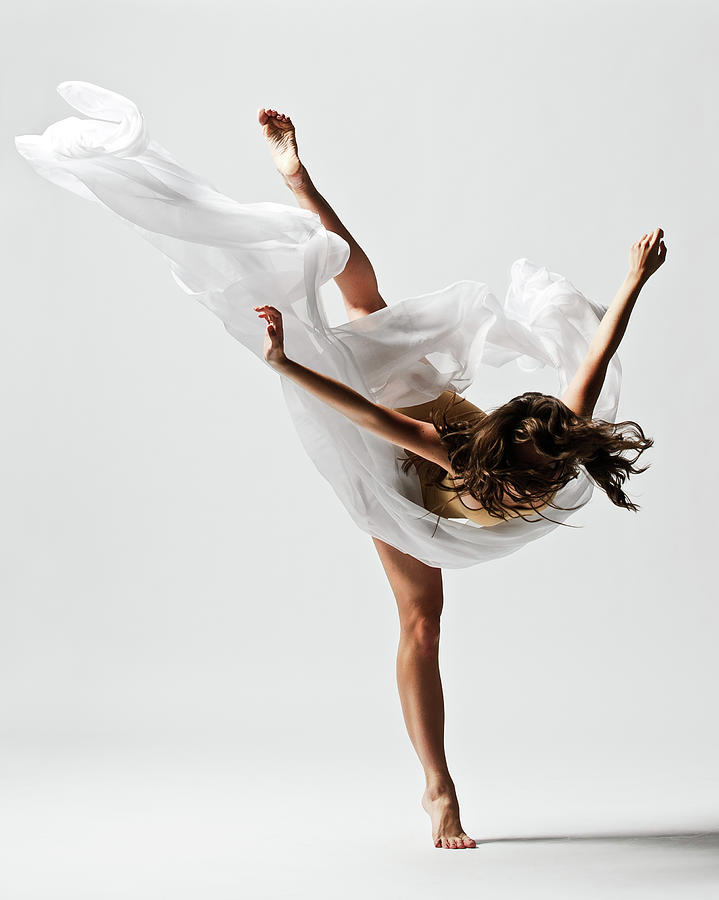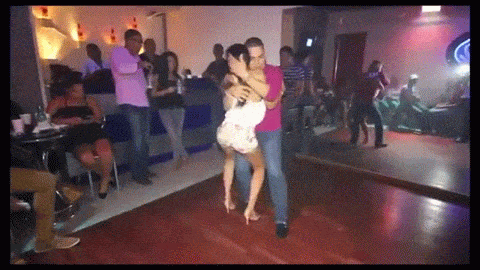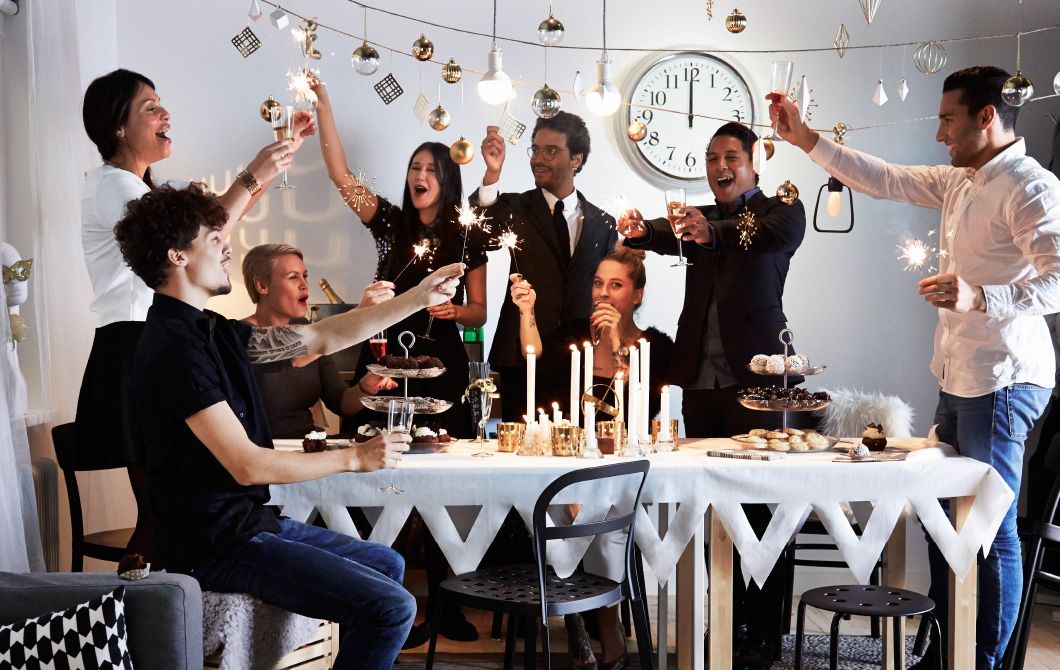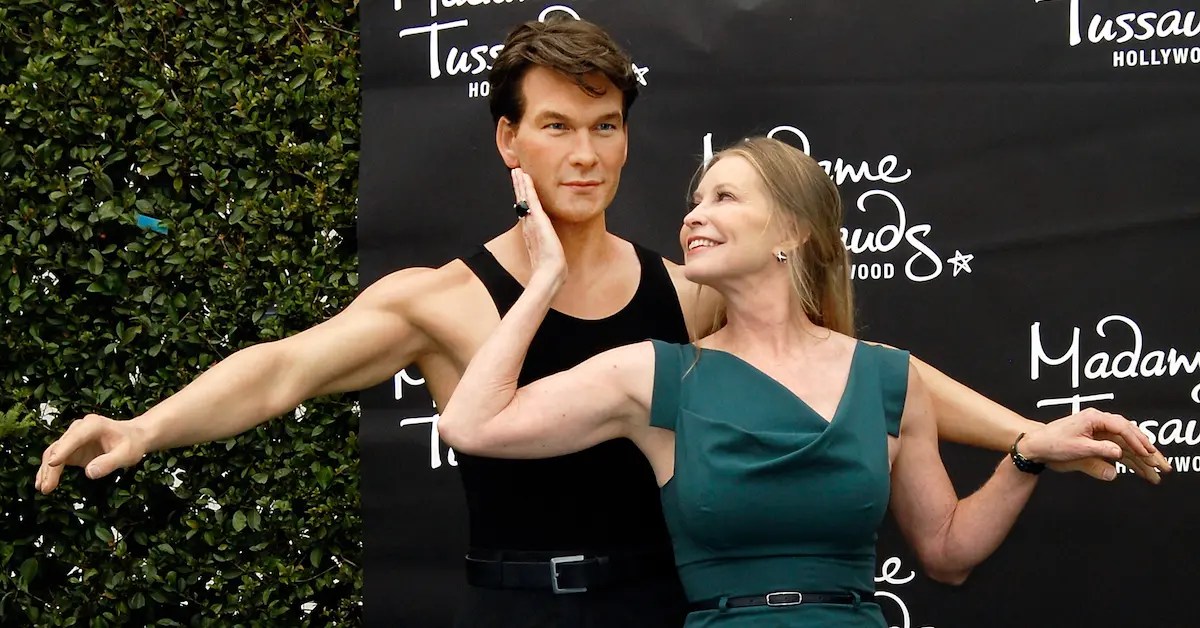How to spell dance terms
Dance Terms Every Beginner Dancer Should Know
We use a lot of dance terms that we can't fully or specifically define, but can understand what they mean.
Learn what those dance terms actually mean and you'll gain a much clearer understanding of dance.
This list below includes commonly used dance terms and their definitions. Look up that one word you’ve always been unsure of, or brush up on all of ‘em!
8-Count
This is how we break down and count music. Most dances choreographed to 8 counts at a time, or two 4-count measures back to back.
We get more in depth on the 8-count here: What Is Dance Musicality?
Ball Change
A 2-step move where you transfer the weight of one foot behind or by the other foot. You're basically just stepping twice.
The kick ball change, as the name suggests, is when you kick or scuff your foot before the ball change.
Bass
The lowest of the standard four voice ranges (bass, tenor, alto, soprano), or, the lowest melodic line in a musical composition, that supports the harmony.
Different instruments can produce a bass sound (drums, guitar..) Dancers often use the onomatopoeia “boom” to describe a bass drum sound.
Cypher
A cypher is where a group of dancers in a circle and take turns dancing in the center. It could also be referred to as a freestyle circle.
The cypher, cipher, or circle, has deep, long-standing cultural roots in hip hop culture, African tradition, and even religious beliefs.
Experience one for yourself: What You Should Know Before Going To A Freestyle Jam
Dynamics
Different types of execution of movement. Dynamics depend on how much and fast your energy is distributed.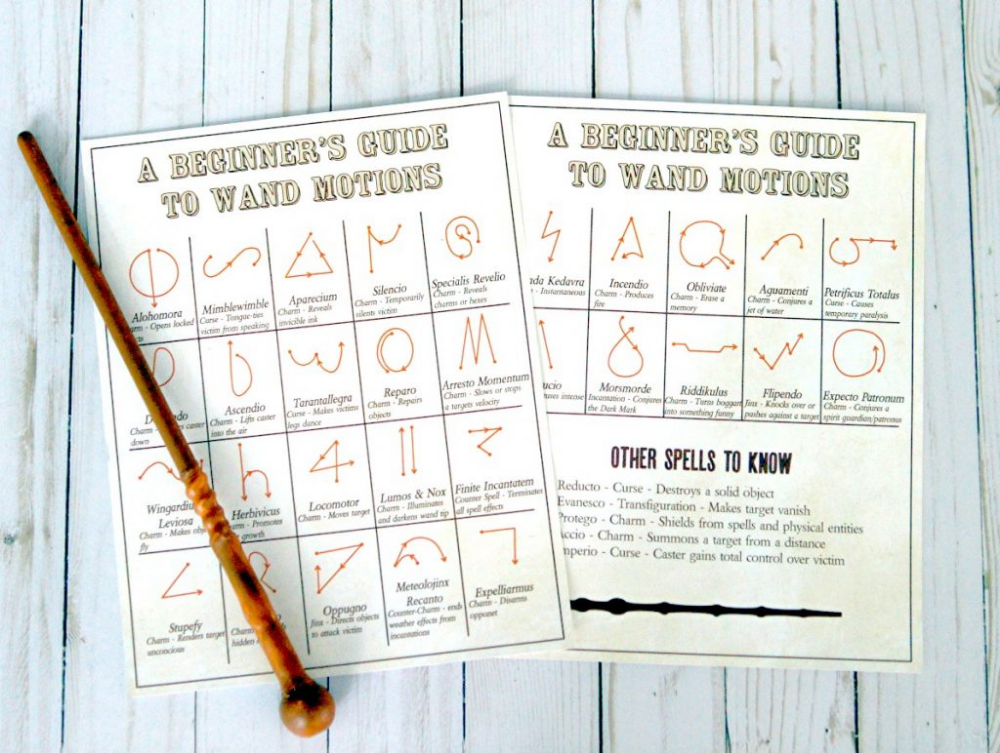 Contrasts in dynamics make a piece look more "dynamic."
Contrasts in dynamics make a piece look more "dynamic."
Focus
Where you are looking while you dance. Common ones are: right, left, up, down, and the “45”s AKA the diagonals between those sides.
Freestyle
Improvisational dancing that allows the dancer to express their individual style (i.e. a dance that is not pre-planned)
It’s the process of spontaneously creating movement that was not choreographed ahead of time.
Get way more into freestyle and other dance terms here: How To Freestyle Dance
Fundamentals
Hip Hop Fundamentals refer to the 4 pillars of Hip Hop Culture.
Originating in the 1970s in New York City, they are: Emceeing, DJing, Graffiti, and Breaking.
Fundamental / Foundational Styles refer to the different dance styles developed from Hip Hop and street and funk styles including: Breaking, Popping, Locking, House, Punking / Waacking, Vogueing, and more.
Learn more on Hip Hop History: What Is Hip Hop Dance?
Full Out
Dancing with 100% of your energy and performance.
Wanna go awff? Read this: How To Dance Bigger, Stronger, And More "Full Out"
Groups
This is when the class is divided into smaller sections, and each group will take turns performing the piece as the other students watch. Groups can get intimidating!
But it’s also an integral part to your growth. Push yourself outside of your comfort zone and just go for it!
Hi-Hat
A sound produced by a hi-hat cymbal. Dancers often describe this sound as “tss tss~”
Holds
When you hold a move/pose and not move during a count.
Isolation
When you isolate one part of your body without moving any other parts.
Levels
How high or low your body gets.Low levels require you to bend your knees, or “plie.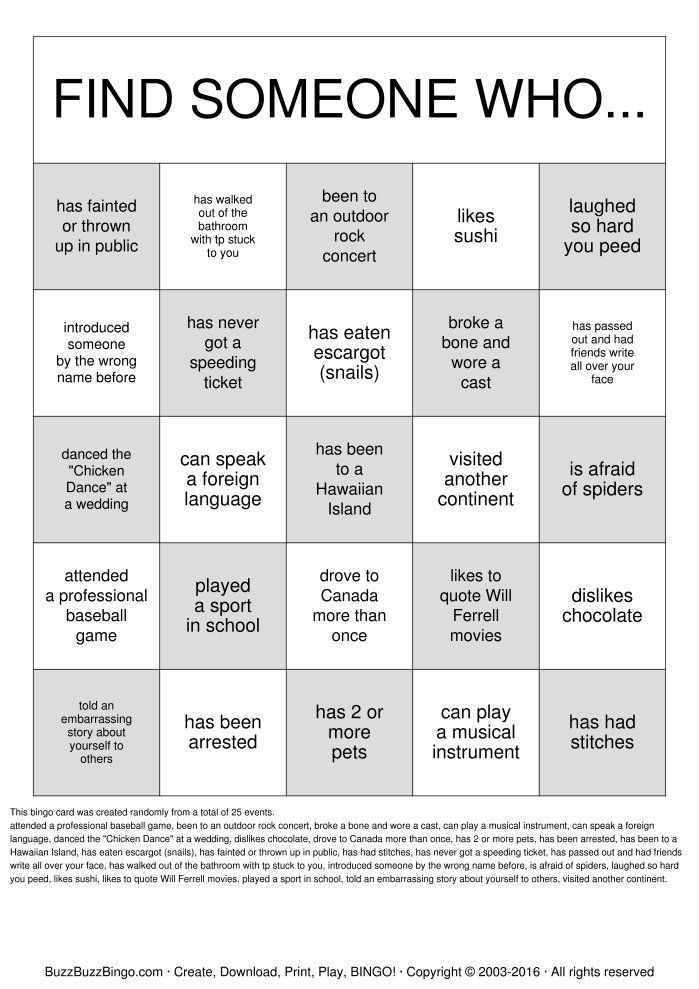 ” High levels may involve getting on your toes in “releve.”
” High levels may involve getting on your toes in “releve.”
Match levels with the choreographer or other dancers by looking in the mirror to check you are as low/high as everyone else.
Mark
Dancing a piece of choreography with less energy, usually for practicing musicality, timing, and other tools.
This allows you to be more conscious of the music, timing, and where your body placements are rather than releasing your bankai.
The choreographer might use percentages to indicate how much energy you should be putting into your mark.
Example: “Let’s go just 50% for this first run-through!” or “Mark it around 80%”
Milking
When you extend movements throughout a portion of the piece or music.
At the end of a move, instead of “putting a period” on it and ending it definitely by stopping the movement, think of it as a “…” – like you’re dragging out that move.
Musicality
In dance, the matching of movement to the rhythm, sounds, and mood of the music.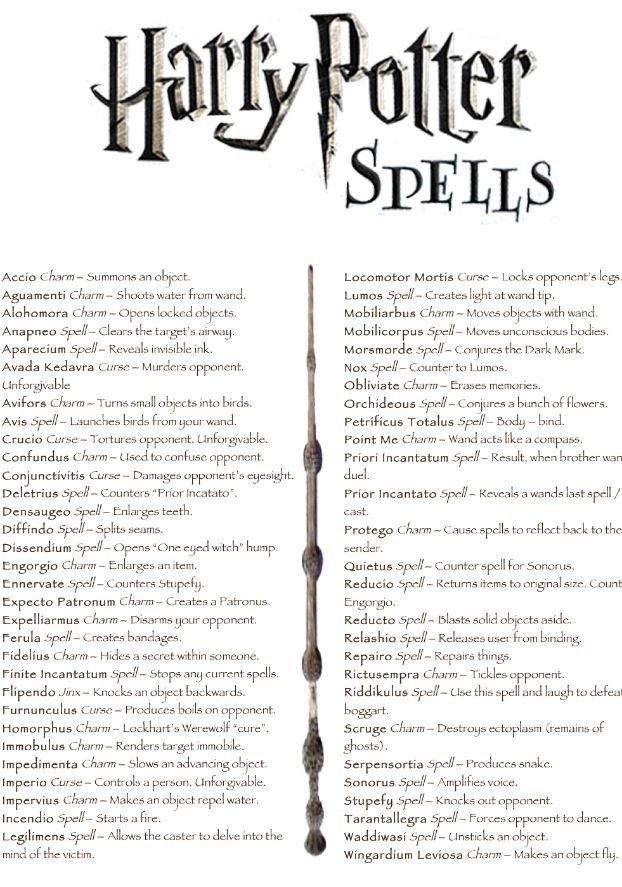
“Dance musicality” is demonstrated in several ways, depending on the dancer’s style, the song, and countless other elements.
There are many other dance terms to describe dance musicality.
Practice your musicality by following: How To Train Your Musicality As A Dancer
Lyrics
The words that the singer is singing to, often in sync with the melody.
The lyrics are probably the easiest to distinguish, but hardest to count / dance to, since vocals don’t always match the strict structure of 8-counts.
Sometimes choreographers will make moves that correlate with the lyrics, like miming actions or using certain body parts, AKA wordplay.
Plié
A smooth and continuous bending of the knees outward with the upper body held upright.
Pictures
Think of pictures as literal pictures. If someone were to take a photo of you on the count that you’re hitting a picture, then the clearer that photo turns out to be the “cleaner” you are executing that picture.
Watch this video to hit cleaner pictures!
Rhythm
The repetitive patterns within the music. It’s how we “count” our beats (see “8-count”) and measure our movements.
Select Group
Students chosen by the choreographer to demonstrate the piece to the rest of the class. The criteria for the selected dancers is solely up to the choreographer.
Selected dancers may have been really clean, not so clean but performed the crap out of it, had a lot of personal style, or were just fun to watch. There are so many reasons you can get chosen or not for a select group, so don’t overthink it!
Wanna make it into select group? Use these tips: 9 Ways To Stand Out In Dance Class
Snare
The sharp, staccato drum sound you hear, like the sound you make when you clap your hands. Dancers often describe as snare as “ka!”
Dancers often describe as snare as “ka!”
Strings
The segment of music created by stringed instruments like guitars, violins, etc. Guitar strums and melodies are also useful to take note of, for more instrumental / acoustic songs.
Switching lines
When a class rotates from the front to back and vice versa to give everyone a chance to be in the front.
When the choreographer says to “switch lines” – if you’re in the front of the room, then move to the back (and vice versa). This is to ensure that everyone gets a fair chance at having a good view of the choreographer throughout the class. It’d be a little selfish to stay in the front the whole time, right?
Practice good dance etiquette: How To Take A Dance Class
Synth
The sound from a sound synthesizer, is produced by electric signals converted to sound through amps and loudspeakers.
Common reference to a “synth” is the synth piano, which may sound like a long slow bass like “wobba wobba”
Tempo
The speed of the music.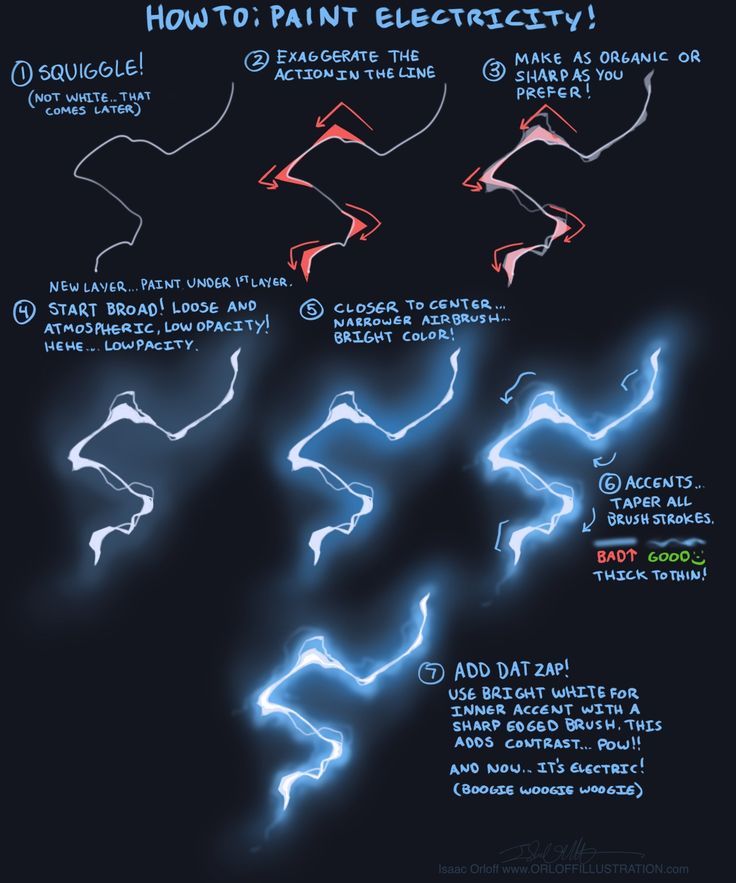 As you’re learning a piece, the choreographer will teach in slow tempo, then speed it up to medium, and finally “tempo” – AKA the real-time speed of the song.
As you’re learning a piece, the choreographer will teach in slow tempo, then speed it up to medium, and finally “tempo” – AKA the real-time speed of the song.
Textures
We have a whole article for this one. Read: What Are Textures In Dancing?
Transitions
In a performance set, these are the movements that are used to connect 2 different pieces. The music will change, and there will be dancers “transitioning” on and off the stage or switching their position on stage.
Urban Dance / Urban Dance Choreography
OH man. Too much to fit into this list. Here, read this: What Is Urban Dance?
Now that you have a better grasp of common dance terms, you can see them in action!
Take a class on STEEZY Studio for real-life application of these dance terms. Sign up today and try it for free!
Are there more dance terms you want clarified? Comment below and we'll help!
|
adagio |
(at) slow music |
|
alemana |
lady turns clockwise under her right hand (ccc and rumba) |
|
allegro |
(on) fast music |
|
alteración (AT) |
alteration, change of direction during the pass |
|
appèl |
appeal on the ground, sounding stomp foot (full weight) on the floor. |
|
ball change |
two (fast, syncopated) steps on the ball of the alternating foot |
|
ballroom |
stately graceful dance around the floor |
|
bamboleo |
surge, swing |
|
bandoneon |
accordion that came over from Germany to Argentina, typical to Argentine music |
|
barrida (AT) |
'sweep', with brushing along the bafoot of the other |
|
beat |
accent in the rhythm of the music |
|
bebop |
jazz form from the years 40-50 (no dance style) |
|
boleo (AT) |
change of direction in the axis e. |
|
bongo |
hand drums (usually 2 together), under side open |
|
bootcamp |
training week (end) without luxury, so named after sports training of U.S. Army |
|
bounce |
back spring, typical samba movement with knee and hip stretched to springs up somewhat |
|
box (step) |
6 steps in a rectangle (or square) shapeon the floor |
|
BPM |
beats per minute, beats (accents) per minute |
|
brush |
bring the moving foot to the standing one without weight transfer |
|
BULDO |
Belgian Union of Teachers of Dance and Manners |
|
caller |
dance leader in country dancing indicating moves |
|
cavaquinho |
ukulele -like instrument with 4 strings |
|
CBM |
Contrary body movement: turning starter by crossed the coordination of the body relative to the legs (like winding up to move back) |
|
chassé |
(mostly) sideways movement: side- close - side (locking) |
|
check |
short, highlighted interruption of a movement with the foot at the beginning of a pass (with weight), which then flows in the reverse direction |
|
choreography |
description (and think of) dance moves |
|
clapshold |
lady 'flips' (actually flattes) for ballroom dancing her right hand into the left of the gentleman, fingers closed |
|
claves |
two hardwood sticks as a percussion instrument |
|
conga |
with hand or fingers played, about 70 cm high (wood) drum, open at the bottom |
|
corrida (A. |
acceleration in running |
|
cortado (AT) |
is broken step in double- speed (initially a stop) |
|
country |
country folk music of white Americans |
|
cross body lead |
basic cross, man steps aside and turns 90° to let the lady straight pass by |
|
cruzar (cruze) (A. T.) |
crosses, the cross step |
|
cuban break |
double hold at shoulder height, both one foot quickly traverse in the same direction, fall back to the other and place back the first again, then the same in mirror |
|
cuban motion |
hip rotation by bending and stretch knees |
|
cuca |
short for cucaracha, which is sometimes too long as instruction in class or while dancing |
|
cucaracha |
(cockroach) rapid sideways and back, body remains above the standing leg, hips draw an 8, the outgoing heel follows with a 0 (or 'side break) |
|
cumbia |
Colombian music and dance style with Spanish and African roots, lots of percussion |
|
cunita (AT) |
wobble step, only move some weight, feet stay on the spot, at a normal pace |
|
doo-wop |
a cappella music from the '20s (U. |
|
double hold |
both hands holding the right on the left |
|
enchufla (salsa) |
position change, revolve 180° around each other while (hand) hold |
|
enrosque (AT) |
'roll’ yourself, swing free leg around stand leg to revolve yourself while standing on one leg |
|
fallaway |
V - shaped dance position as Promenade, but walking backwards |
|
fan (position) |
ccc, rumba, lady left and perpendicular to the gent. Man left, lady right hand |
|
fleckerl |
Viennese waltz, quick revolving move in the middle of the floor |
|
flick |
(tap) kick your foot toward your buttocks (slightly tilted towards standing leg) |
|
frame |
framework. |
|
gancho (AT) |
hook with your free leg to a leg of the other |
|
giro(AT) |
twist, the lady around the gentleman, or both around a centerpiece |
|
glissade |
(ballet) sliding pass |
|
guira |
percussion instrument, cylindrical metal grate scraped with a fork |
|
hand to hand |
as a New Yorker, but with the foot on the open side you step outside backwards instead of inside forward |
|
handshake |
both give right hand, such as shaking hands |
|
heelturn |
twist with closed feet on one heel (2 heels toghether cannot, there is always only one pivot point!) |
|
hip twist |
rotate hips according to the backbone |
|
Hockey stick |
fan, then Loop Turn for the lady. |
|
hover |
high step on the ball of the foot, to change course or direction (_check). |
|
impetus |
driving energy prior to rotation with heel turn for the man |
|
in line |
(as opposed to outside) both dancing with a foot between both feet of the partner (often the starting position) |
|
crossing in |
join free foot cross (near the ankle) to the support leg |
|
inside (turn) |
(turn) movement committed to the center between the partners |
|
instrumental |
without human voice |
|
jazz |
French 'Jazer' = chat, hodgepodge of styles, black improvisation from New Orleans, the white version was Dixieland music |
|
kick |
stretch leg forward and down (small soccer - move) |
|
kick-ball-change |
kick or flick, followed by ball change |
|
kisses dance |
see polonaise |
|
LA |
Los Angeles salsa style. |
|
lapiz (AT) |
pencil, "draw" with the foot on the floor, done with the free leg: draw a circle |
|
Latin-American |
see Latin |
|
latin |
dances based on - whether coming from the Caribbean, often Cuban |
|
lift |
partner while dancing lifting off the ground. In competitions not allowed |
|
left turn |
(swing your left arm out and backwards, follow this direction to) move, you turn counterclockwise |
|
lockstep |
pass (forward or backward), cross connecting to other foot (back or front), and again a step at the ball of the foot in the same direction (sort chasse) |
|
lunge |
heavy check (tango and rock) with bending of the leg |
|
measure |
size, regularity, unity, variety of accents in music |
|
maracas |
samba balls, shakers or rattles with handle |
|
mariachi |
street musician from Mexico |
|
melancholic |
downheartedness, gloomy,bluesy (often the atmosphere of Argentine Tango) |
|
molino (AT) |
twist, he around the lady who stands on one leg and is rotated by him |
|
momentum |
propelled, indicates how difficult it would be to stop the movement. |
|
Motown |
Famous record label from Detroit, 1959 (Motor Town) |
|
Neo tango (A.T.) |
more contemporary music and instruments with elaborate dance code, initiated by the tango revival by Gotan Project |
|
New-Yorker |
in hold, both step 90⁰ inside, hands together pointing in the same step direction, to fall back on the other foot in the other direction. Use other hand (and feet) to repeat this mirrored. (the English call salut cubain a NY?) |
|
ocho (AT) |
move (by follower) 8- shape: turn on the standing leg, the free leg rotates around there before it is moved |
|
outside |
(as opposed to inline) next to each other, he dances with both feet in front of the lady |
|
outside (turn) |
(turn) move themselves from the center between the partner to the outside |
|
pandeiro |
tambourine with convex jingles and span able face sheet |
|
parada (A. |
a stop, facing dance direction |
|
step |
move feet with weight transfer |
|
pas de Bourée |
(ballet) alternatingly steps: front - back on the ball / toe of the foot |
|
percussion |
drumming, beating |
|
pirouette |
quick turn on one foot, spotting |
|
pitch |
degree of bending of the body, front or rear |
|
pivot |
turn on the support foot |
|
put |
placing (or replacing) the light lifted foot back and bring your weight on it |
|
point |
foot point in the extension of the leg, without heel on the floor or weight on it |
|
promenade |
partners turn open running in the direction of dance, apart (but holding) |
|
rap |
rhythmic nonstop verbiage in rhyme. |
|
right turn |
(swing out backwards your right arm and follow this) move, you turn clockwise |
|
reverence |
(ballet) theatrical, polite bend |
|
reverse (turn) |
left turn |
|
rise and fall |
unrolling of the foot by a pass causes this up-and -down motion |
|
rhythm |
regularity, repetition, pattern |
|
rock step |
type check in Latin dancing, rock from one foot to the other |
|
romantic |
dreamy, speaking to feeling and imagination (Rumba) |
|
rond de jambe |
(ballet) wide circular motion with one leg |
|
sacada /entrada (AT) |
step with witch one takes almost literally the place of the other |
|
salida (A. |
based walk, departure. Also the lateral pass to the left of the leader (start) |
|
salsero(-a) |
salsa dancer |
|
salut Cubain |
|
|
sandwich (AT) |
move in which a foot of one is taken between the feet of the other |
|
sanguichito, mordida (A.T.) |
small sandwich: foot of one partner is taken between the two feet of the other |
|
sentada (A.T.) |
partner to sit on the thigh (with a lunge) |
|
shadow position |
spooning position, faces in the same direction |
|
shine |
solo show in salsa, footwork, stylized moves, also (lady) styling: movement with arms, shoulders, body, hands), especially in LA |
|
slow |
quiet, relaxed (one beat per measure) |
|
soltada (A. |
open up a closed dance position to further creatively improvise |
|
son |
Cuban music with Spanish influences and African rhythms |
|
spin |
fast rotation, trun, revolving |
|
spiral (turn) |
forward turning with the free foot. The released foot revolves around the standing leg |
|
spot turn |
turn on the spot, one partner moves forward, the other backward |
|
spot turn |
a turn with three steps forward |
|
spotting |
fix one point when turning, until the body is rotated as far as possible, then rotate the head quickly and watch the same point again |
|
standard dance |
collection of five ballroom and 5latin dances that can be done in competition |
|
sway |
swing, tend toward inside of the rotation, swing by stretching the body to one side to offset the center fleeting force |
|
syncope |
shift accent outside the normally expected count |
|
tambora |
Latin American, African -derived drum major |
|
Tango Close |
end of tango pattern, left forward, right side, left in (without weight) QQS |
|
Tango fusion (A. |
fusion of tango with contemporary dance and music (including non- tango, electronic...) |
|
Tango nuevo (A.T.) |
(lesson) system from simple to complex tango movements |
|
Three Step |
Slowfox, three steps forward, SQQ |
|
timbale |
short metal (Cuban) (cup) drum, open at the bottom |
|
trot |
walk |
|
tuck in (turn) |
type winding movement before the (opposite) spin |
|
twist turn |
rotate on the spot with both feet together |
|
vihuela |
guitar -like, eight -stringed plucked and stroke string instrument |
|
vocal |
without instruments, only voice |
|
traditional dance |
folk traditional, regional, surviving dance |
|
volta |
turn, turning point |
|
Whip |
(swing, Lindy) rotary action of the lady around the man |
|
whisk |
step aside, other foot cross in behind and then both with the inside foot again stepping further in the direction of dance |
|
closed change |
three consecutive passes, so the following figure can begin with the other (exchanged) foot (waltz) |
Classical dance terms | choreograph.
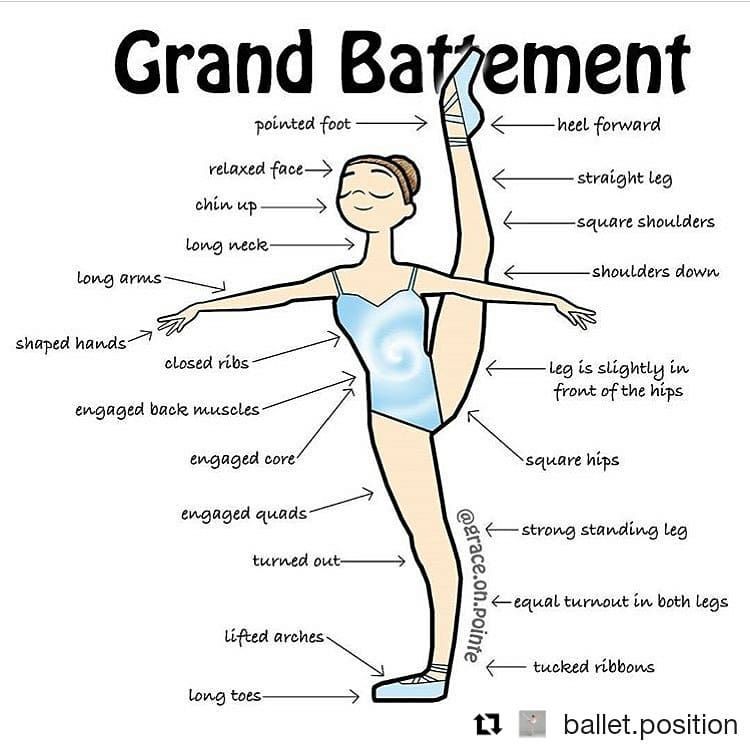 com
com Natalia Dovbysh Dance technique
Friends! And let's repeat the terms of classical dance? Ready to test yourself? Over time, what is not used in practice is forgotten, so it is worth periodically doing such an intellectual exercise. And maybe one of you will learn something new!
Let's go!
Adajio [adagio] - Slowly, the slow part of the dance.
Allegro [allegro] - Jumping.
Aplomb [aplomb] - Sustainability.
Arabesque [arabesque] - It is called the flight pose, and the name of the pose comes from the style of Arabic frescoes. In classical dance, there are four types of arabesque poses No. 1,2,3,4.
Assamble [assembly] - Connect, assemble. Jump with picking up extended legs in the air. Jump from two legs to two legs.
Attitude [attitude] - Posture, position of the figure. The raised leg is bent.
Balance [balance] - Swing, sway. Swinging motion.
Pas ballonne [pa ballon] - Inflate, inflate. The dance is characterized by advancement at the moment of jumping in various directions and poses, as well as legs strongly extended in the air until the moment of landing and bending one leg on sur le coude pied.
Pas ballotte [pa ballotte] - To hesitate. A movement in which the legs at the moment of the jump are extended forward and backward, passing through the central point. The body leans back and forth, as if hesitating.
Balancoire [balancer] - Swing. Used in grand battement jete.
Batterie [batri] - Drum beat. The leg in the position sur le coude pied makes a series of small shock movements.
Pas de bourree [pas de bourree] - Chased dance step, stepping over with little advancement.
Brise [breeze] - Break, crush. Movement from the section of jumps with skids.
Pas de basque [pas de basque] - Basque step. This movement is characterized by a score of ¾ or 6/8, i.e. triplex. Runs forward and backward.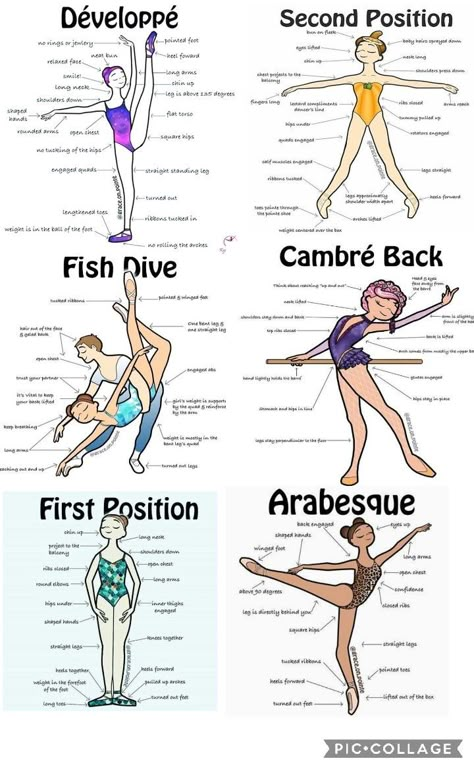 The Basques are a people in Italy.
The Basques are a people in Italy.
Battement [batman] - Swing, beating.
Battement tendu [batman tandyu] - Abduction and adduction of the outstretched leg, extension of the leg.
Battement fondu [batman fondue] - Soft, smooth, "melting" movement.
Battement frappe [batman frappe] - Movement with a blow, or a shock movement.
Frappe [frappe] - To beat.
Battement double frappe [batman double frappe] - Movement with a double blow.
Battement developpe [batman devloppe] - Swing, open, take out the leg 90 degrees in the right direction, pose.
Battement soutenu [batman hundred] - Withstand, support, movement with pulling up the legs in the fifth position, continuous movement.
Cabriole [cabriole] - A jump with knocking one leg over the other.
Chain [shen] - Chain.
Changement de pieds [shazhman de pied] - A jump with a change of legs in the air.
Changement [shazhman] - Change.
Pas chasse [pa chasse] - Drive, adjust. Ground jump with advance, during which one leg knocks out the other.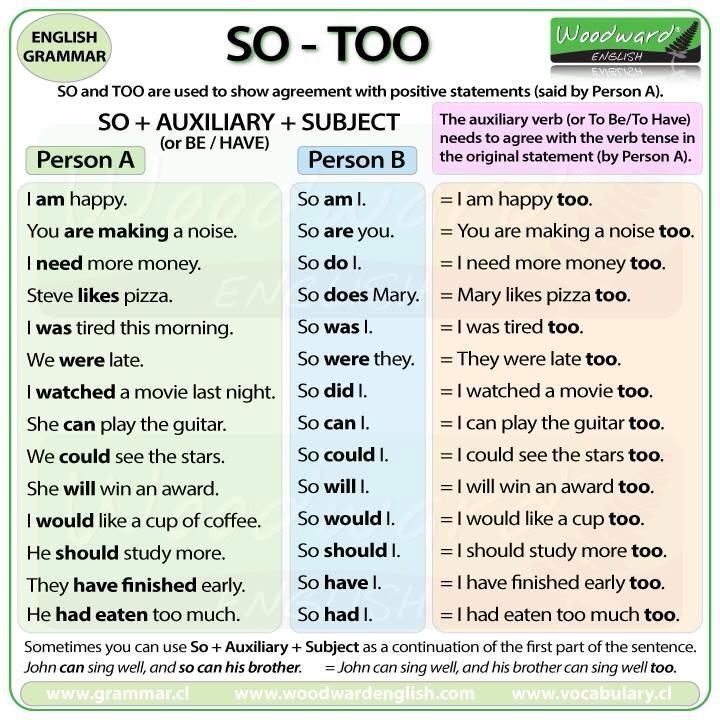
Pas de chat [pas de sha] - Cat's step. This jump is similar in character to the gentle movement of a cat's jump, which is emphasized by the curve of the body and the gentle movement of the arms.
Le chat [le sha] - Cat.
Pas ciseaux [pas ciseaux] - Scissors. The name of this jump comes from the nature of the movement of the legs, thrown forward in turn and extended in the air.
Coupe [coupe] - jerky. Knocking out. Jerky movement, short push.
Pas couru [to smoke] - Running through the sixth position.
Croisee [krause] - Crossing. A pose in which the legs are crossed, one leg covers the other.
Degagee [degagee] - Release, take away.
Developpee [devloppe] - Taking out.
Dessus-dessous [desu-desu] - Top and bottom, above and below. Pas de bourre view.
Ecartee [ekarte] - Take away, push apart. A pose in which the entire figure is turned diagonally.
Effacee [efase] - Expanded position of the body and legs.
Echappe [eshappe] - Break out.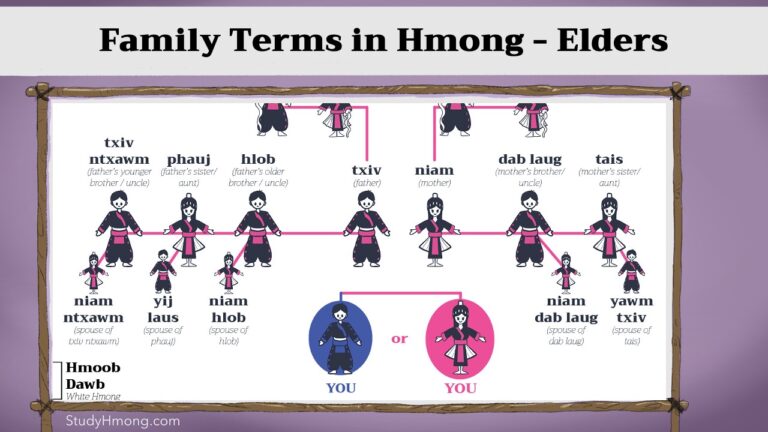 Jump with legs opening to the second position and collecting from the second to the fifth.
Jump with legs opening to the second position and collecting from the second to the fifth.
Pas emboite [pa ambuate] - Insert, insert, stack. A jump during which there is a change of half-bent legs in the air.
En dehors [an deor] - Out, from the circle.
En dedans [an dedan] - Inside, in a circle.
En face [en face] - Straight, straight position of the body, head and legs.
En tournant [an turnan] - Rotate, turn the body while moving.
Entrechat [entrechat] - Jump with a skid.
Fouette [fuete] - Whip, flog. A kind of dance turn, fast, sharp. The open leg bends towards the supporting leg during the turn and opens again with a sharp movement.
Ferme [farm] - Close.
Pas faille [pa files] - Hook, stop. Weakening movement. This movement is fleeting and often serves to prepare the springboard for the next jump. One leg seems to undercut the other.
Galloper [gallop] - Chase, chase, jump, race.
Glissade [glissade] - Slide, slide. A jump performed without lifting the toes off the floor.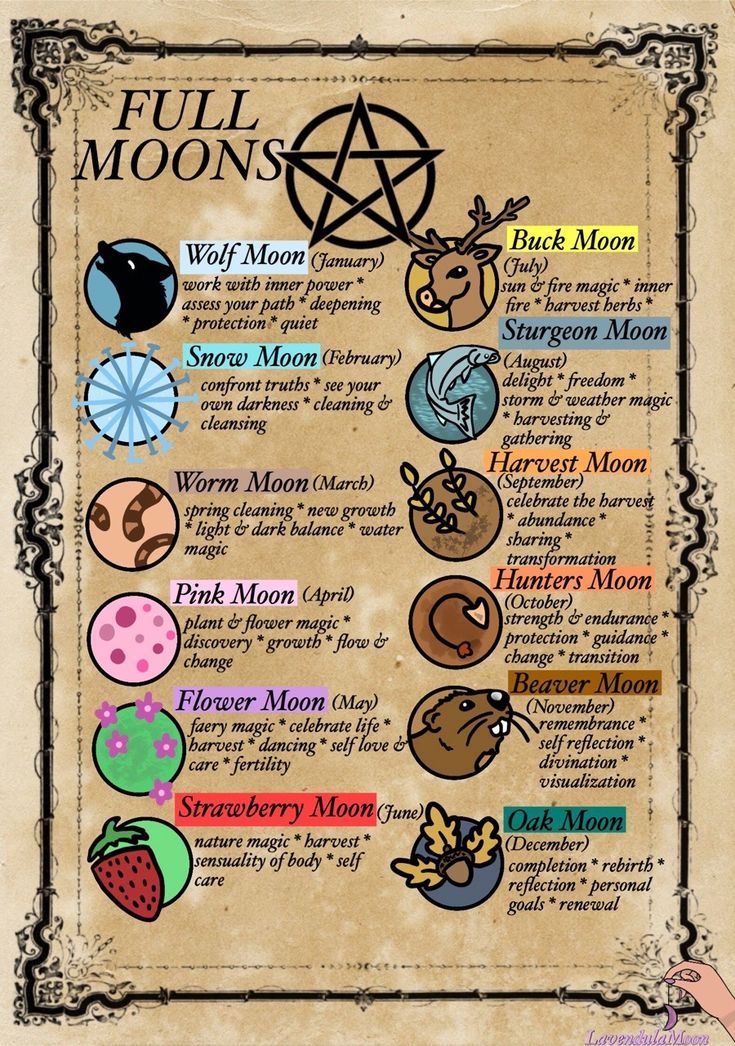
Grand [large] - Large.
Jete entrelacee [jete entrelacee] - Flip jump.
Entrelacee [entrelace] - To bind.
Jete [jete] - Throw. Throw a leg in place or in a jump.
Jete ferme [jete ferme] - Closed jump.
Jete passé [jete passe] - A passing jump.
Lever [lev] - Raise.
Pas [pa] - Step. Movement or combination of movements. It is used as equivalent to the concept of "dance".
Pas d'achions [pas d'axion] - Effective dance.
Pas de deux [pa de deux] - Dance of two performers, a classical duet, usually a dancer and a dancer.
Pas de trios [pas de trois] - Dance of three performers, a classic trio, usually two dancers and one dancer.
Pas de quatre [pas de quatre] - Dance of four performers, classical quartet.
Passe [passe] - Conduct, pass.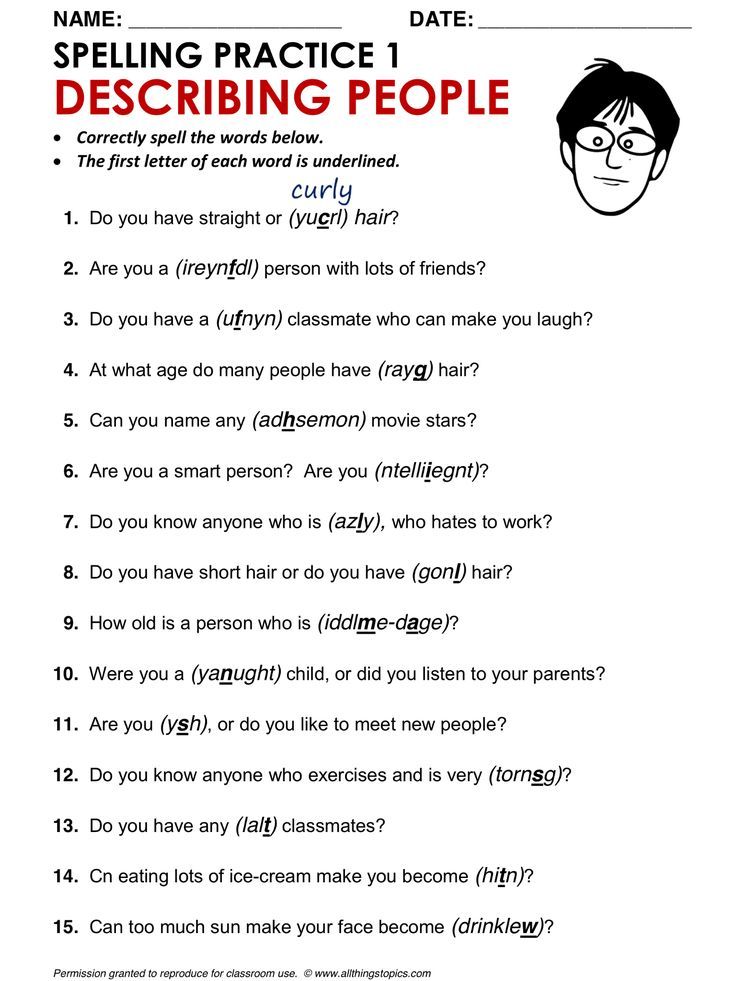 Linking movement, holding or moving the leg.
Linking movement, holding or moving the leg.
Petit [bird] - Small.
Petit battement [petit batman] - A small batman, on the ankle of the supporting leg.
Pirouette [pirouette] - Yula, turntable. Fast rotation on the floor.
Plie [plie] - Squat.
Demi-plie [demi plie] - Little squat.
Pointe [pointe] - Sock, fingers.
Port de bras [por de bra] - Exercise for arms, body, head; inclinations of the body, head.
Preparation [preparation] - Cooking, preparation.
Releve [releve] - Raise, elevate. Rise on fingers or on half-fingers.
Releve lent [releve lyang] - Slow leg lift by 900.
Renverse [ranverse] - Overturn, turn over. Overturn the body in a strong bend and in a turn.
Rond de jambe par terre [ron de jambe par ter] - Rotational movement of the foot on the floor, circle with the toe on the floor.
Rond [rond] - Circle.
Rond de jambe en l'air [ron de jambe en ler] - Round with the foot in the air.
Soute [sote] - Jump in place in positions.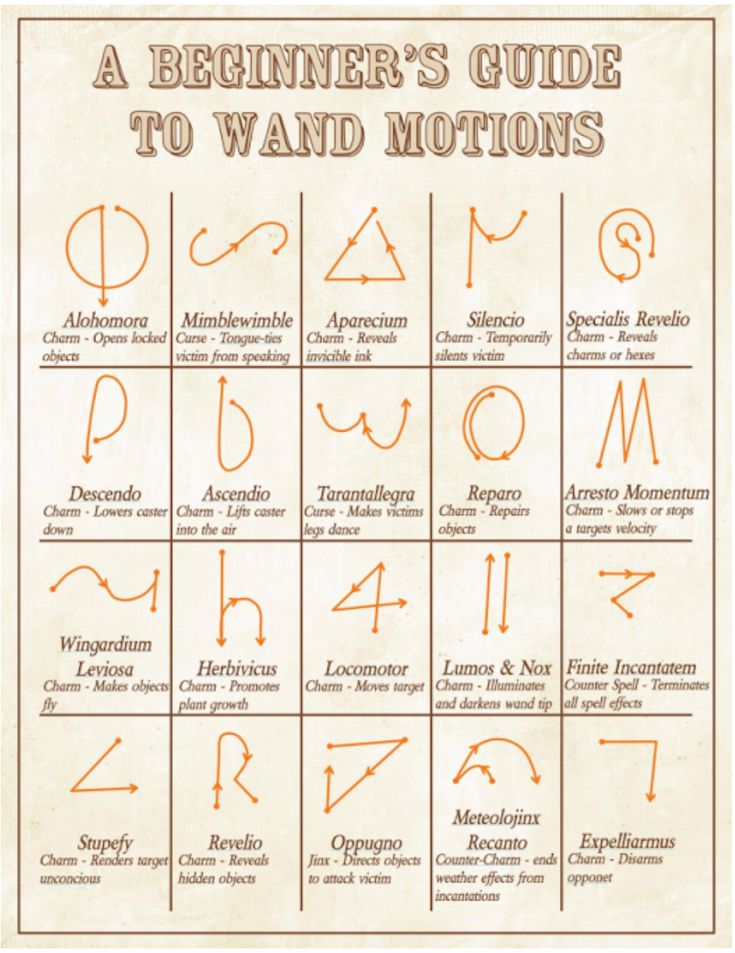
Simple [sample] - Simple, simple movement.
Sissonne [sison] - Does not have a direct translation. It means a type of jump, varied in form and often used.
Sissonne fermee [sison farm] - Closed jump.
Sissonne ouverte [sison overt] - Leap with leg opening.
Sissonne simple [sison sample] - A simple jump from two legs to one.
Sissonne tombee [sison tombee] - A jump with a fall.
Saut de basque [so de basque] - Basque jump. Jump from one foot to another with a turn of the body in the air.
Soutenu [sutenu] - Withstand, support, retract.
Sur le cou de pied [sur le cou de pied] - The position of one leg on the ankle of the other (supporting) leg.
Temps lie [tan lie] - Connected in time. Connecting, smooth, continuous movement.
Temps leve soutee [tan leve sote] - Jumping in first, second or fifth position on the same foot.
Tire-bouchon [tire bouchon] - Twist, curl. In this movement, the raised leg is in a half-bent position forward.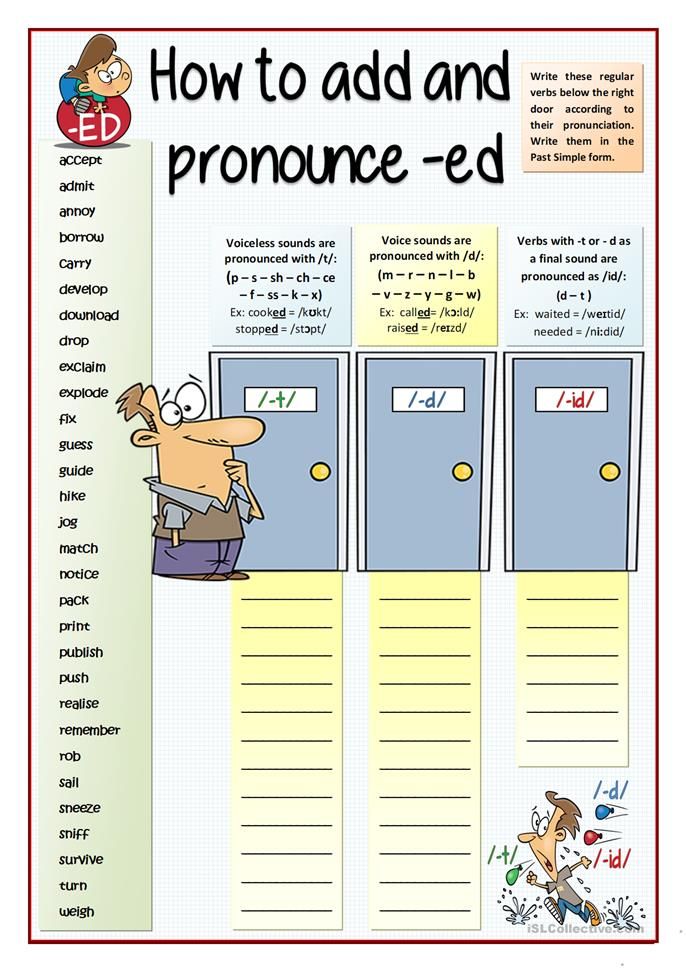
Tour chainee [tour shene] - Linked, connected, a chain of circles. Fast turns following one after another.
Tour en l'air [tour en leir] - Air turn, tour in the air.
Tour [tour] - Turn.
Turnout - Opening of the legs in the hip and ankle joints.
Coordination - Fit and match the whole body.
Source: Internet
P.S. Do you want to add anything else? Write in the comments!
Natalia Dovbysh
project manager www.horeograf.com
2 comments
Concise dictionary of dance terms - MODERN
MUNICIPAL BUDGET EDUCATIONAL INSTITUTION
FOR ADDITIONAL EDUCATION FOR CHILDREN IN THE CITY OF NOVOSIBIRSK
"CENTER "OUT-SCHOOL WORK "PASHINSKY"
КРАТКИЙ СЛОВАРЬ ТЕРМИНОВ
ТАНЦА-МОДЕРН
Compiled by:
Methodist
Kovaleva E.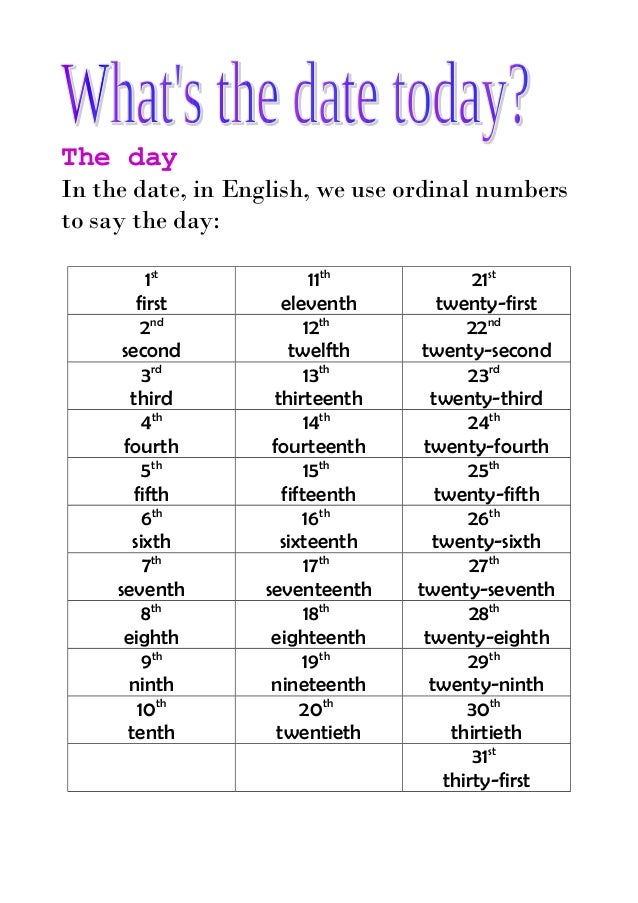 D.
D.
Novosibirsk-2012
high feelings to low passions. Dance can make you laugh and cry. Ideally, the choreographer, as well as the artist, can be an abstractionist or realist - it does not matter, the main thing is the depth of his thoughts and the talent for their implementation the language of movement.
Alas, many years only one language was imposed on Soviet choreographic art - classical dance: rich, expressive, able to convey a lot, but not all. I For more than 70 years, only it was spoken. Time passed and desire appeared understand, understand and learn another language - the language of modern dance.
I For more than 70 years, only it was spoken. Time passed and desire appeared understand, understand and learn another language - the language of modern dance.
The teacher must own not only the technique of dance, but also dance terminology style being taught. And in the classroom with children, try to use this language.
In this brief the dictionary contains definitions of terms dance-modern *. It is designed for a reader who has elementary knowledge in this style. other than the one used in classical dance.
Adduction is a movement associated with turning the feet into in-position.
Accent* - (in music) - the selection of sound by its dynamic amplification.
Arch - "arch", the position of the torso, when the spine is bent more than with the "release".
Attraction – movement associated with the turn of the loaded feet to the out-position.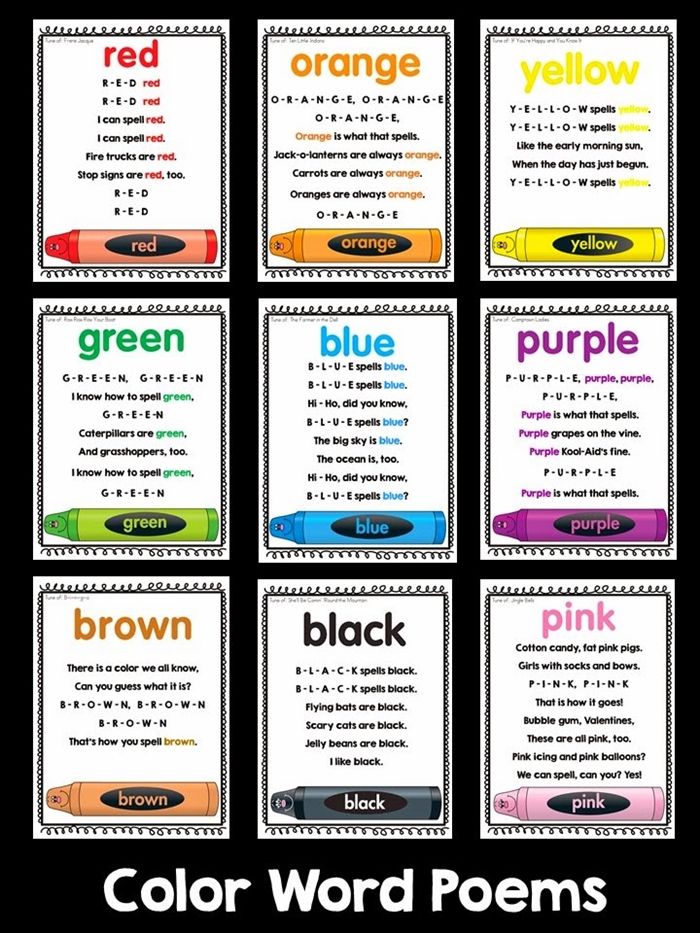
Out-position - out (out), positions of arms and legs open, eversion.
_____________________________________________
*The accent of in the dance will directly depend on the accent in the music.
Balance - wiggle.
Brush - leg extension 45 or 90 degrees.
Jazz walk - Jazz Walk, generic name for all jazz steps.
Jazz-hand - hand position with tense fingers apart.
Jump - jump from two legs to two legs.
Deep Body Band - Deep Forward Torso below 90 degrees).
Dynamic tints* – in music is the volume variation of the sound when performing a piece of music.
Drop – fall, relaxed fall of the whole body or individual parts.
Double-step is when one additional accent is made in movement.
_______________________________________________
*Dynamic shades in dance are completely dependent on dynamic shades in music. Dynamic shades in dance include:
- deceleration - acceleration of the movement;
- smoothness - abruptness of the execution of the movement, etc.
Gesture - the art of the artist to convey spirituality through figurative and musical means condition. The gesture can be: questioning, denying, etc. and must have beginning, development and end.
Zundari displacement of the cervical vertebrae.
Insulation - a technique with which the principle of polycentry is implemented. The isolated centers are: the head and neck, shoulder girdle, hips, arms and legs.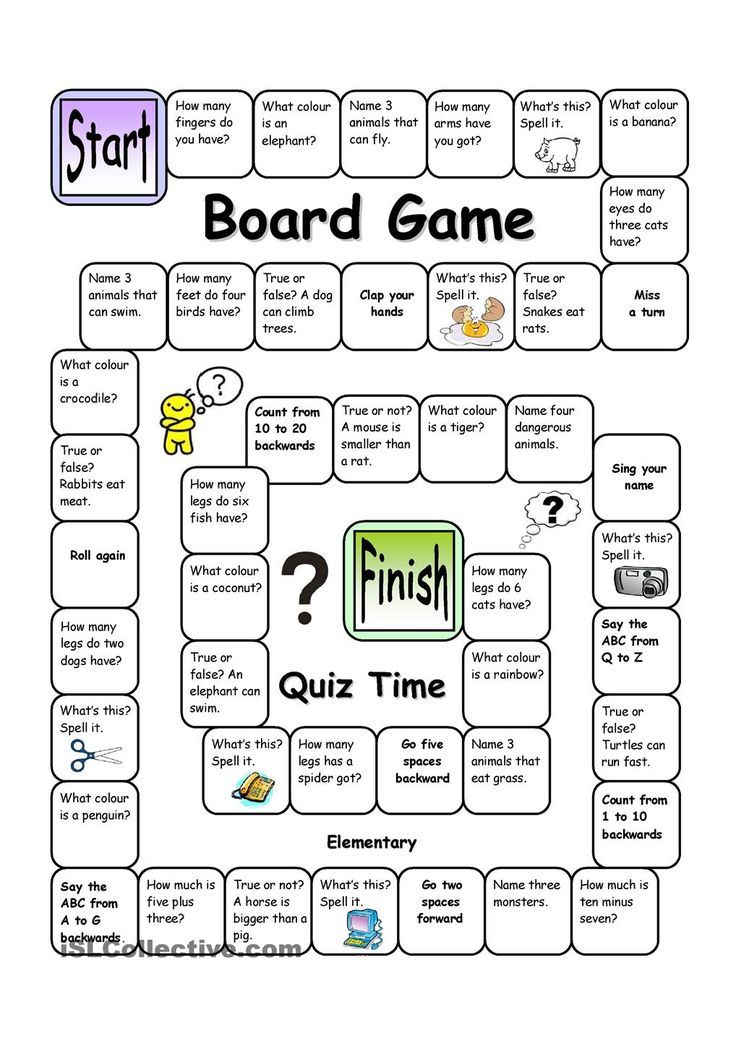
Impulse and control - reception, at first glance, contrary to isolation, when one center activates another. Meanwhile, at control, a temporal sequence of dependent movements is noticeable. Impulse* - a certain muscular effort and should be visible.
In-position – in (in) , positions of arms and legs closed.
_______________________________________________
*Impulse technique used in almost every movement to one degree or another.
Quadruple - performing three movements before stepping.
Kick – kick, throw of the leg in any direction.
Collapse for a modern genre, and means that the body does not have that tension, characteristic of classical dance. It is free, its curves are as if exaggerated, knees in a natural position, head and torso slightly tilted forward.
Without the freedom of the body there can be no true isolated movements.
Contraction - compression, reduction in the volume of a body or part body.
Coordination - coordination in a dance of two or more centers at the same time. Coordination is carried out in two ways: A momentary impulse in which two or more centers come simultaneous movement, or the principle of "control" is applied, that is, the centers are put into operation sequentially.
Catch step - a type of step in which the weight moves from one foot to the other. But without moving forward.
9005 9002 Liip - jump from one leg to two legs.
Limbo - tilt back so low that the performer almost touches the floor.
Levels - level, position of the dancer relative to the floor plane.
Lay-out - straight leg raise without torso isolation, the torso is parallel to the floor.
90 90 2 Animation is a decomposition a single dance movement into its component parts. Moreover, the quantitative an increase in dance accents should not lead to their occupying time belonging to the main accents of the bar.
The animation technique is mainly used in step.
The musical movement is a movement based on development of a natural musical-motor reflex and 2harmonious plasticity. The style of movement is not determined by turnout and physical data, but is manifestation of the natural laws of motion of the human body.
Mimicry – the art of the artist to convey the spiritual the state of the inner world by expressive muscle movements.
Image - faceted crystal. The choreographer can look through any facet, in depending on his worldview and attitude.
N.M. Akulova
Artistic image - a form that reflects reality in art, a feature of which is the expression of an abstract idea in a concrete sensual form, by means specific to each art form expressions.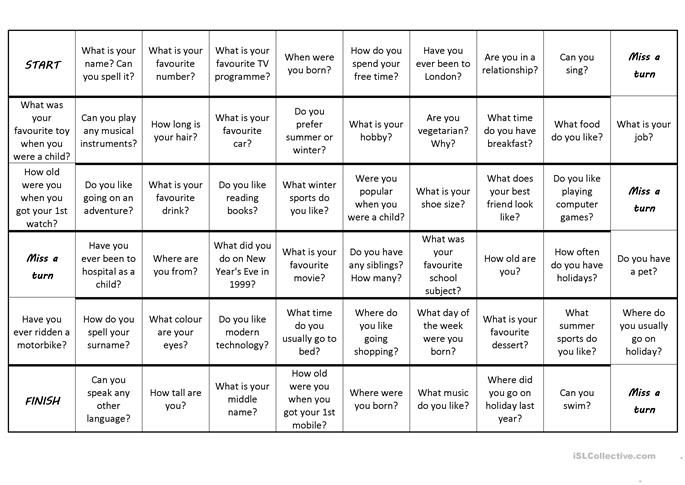
Pelvis – hip movements.
Plastic – ( in dance) – smoothness, grace of movements.
Dance polyrhythm. Various centers can move not only in different spatial directions, but also in different patterns, metrically independent of each other.
Point - extended position.
Push – push with any part of the body.
Angle – point of view from the auditorium to performer(s).
Regulation - the ability to strain and relax in the right moment when performing a choreographic work.
Relaxation - tension and relaxation of individual centers. Centers must be free enough to move in isolation, and at the same time be active enough to do something or other movement.
Release is the opposite term for contraction, "expansion" of the volume of the body.
Drawing is one of the means of expression choreographic drawing.
Asymmetric pattern – chaotic, scattered.
Dynamic pattern – rich in movement and action.
Leitmotif pattern is the leading main pattern, on which the figurative perception of the dance by the viewer is based.
Multifaceted drawing - the presence of drawings on several plans.
Single pattern - the presence of a drawing on one plan.
Symmetrical pattern - full match in the location of the parts of the whole relative to the middle line, center; strict correctness in the location, placement of the picture; balancing the two sides.
Figure static - fixed, in place.
Rhythm - (Greek rhythmos) - alternation of any elements (in this case - dance), occurring with a certain sequence.
Roll Down - torso tilt forward, starting from the head (the body seems to be folded).
Roll up – torso lift after roll down; climb the whole body or individual parts.
Link - several connected dance movements.
Synchronization - simultaneous movement, correct in coordination, by several dancers.
Stylization - inspired by the original excellent quality shape.
Plot composition - a system of images, their interaction that creates the image of the work as a whole.
Swing - swinging of the body and its parts.
Step ball Chench – step, half-fingers, change.
Side contraction - Lateral compression.
Stretch - stretching, exercise group, linked with muscle strain.
Dance is an art form in which creating an image is musically-rhythmically organized movements and position of the human body.
Triplet – performing two movements before step.
Temp *– degree of movement speed.
Slow pace ( adagio ) – a state of peace, contemplation, peace.
Moderate pace ( andante ) - neutral.
Fast tempo ( allegro ) - transmission of continuous aspiration, dynamics, impulse. Stormy expression sensual, emotional side, vigor.
Twist – bending, any movement associated with a change in direction of movement.
Example: one shoulder forward, the other back.
Table top torso forward.
Touch - putting a leg without weight.
_______________________________________________
don't match it.
Levels. Unlike classical dance, "modern" - the dance actively uses not only the movement of the dancer in the horizontal plane, but also uses the vertical.
Unlike classical dance, "modern" - the dance actively uses not only the movement of the dancer in the horizontal plane, but also uses the vertical.
Main types of levels: standing, sitting on buttocks, kneeling, lying down. Widely used levels such as: twine, handstand, wheel.
Flex - reduced hand or foot position.
Flat back - flat back. Torso group, all the centers of the torso are in one straight line.
Flat step - flat step, full foot step with bent knees.
Hop - step and jump.
Choreography - (from the Greek "choreo" - to move), "grapho" - I write).
Choreographic text - a combination in a certain sequence of all dance movements of the choreographic number.
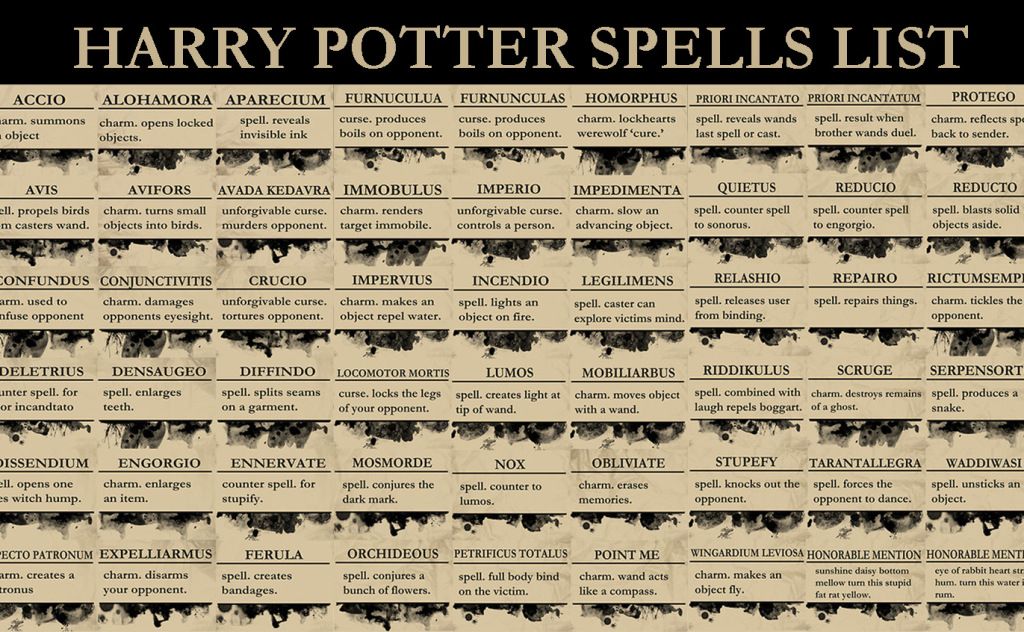 (Military: obey call)
(Military: obey call)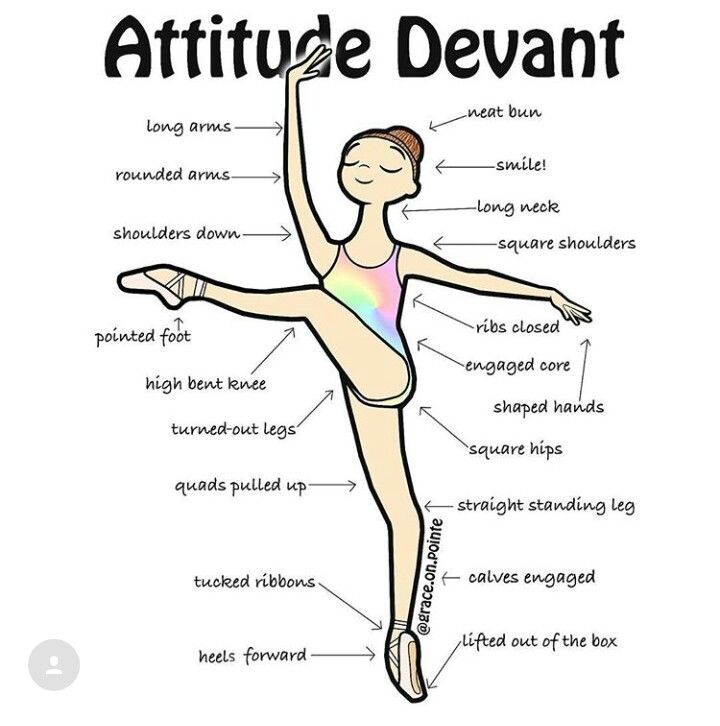 g. backward ocho to forward makes backward boleo (= throw lasso, which moves like swinging leg).
g. backward ocho to forward makes backward boleo (= throw lasso, which moves like swinging leg). T.)
T.)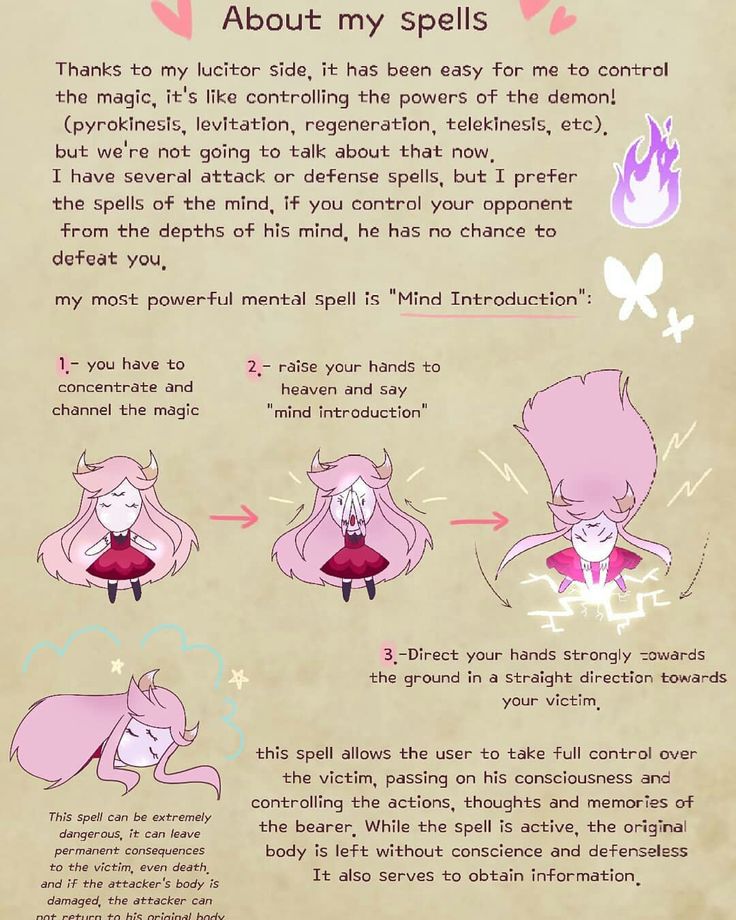 S.), vocal
S.), vocal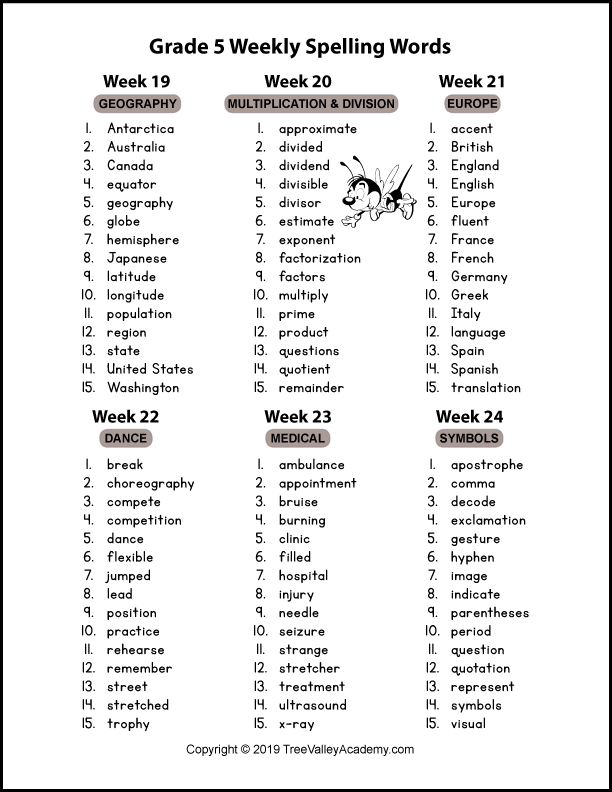 Fixed position of the arms, shoulders and upper body at Ballroom
Fixed position of the arms, shoulders and upper body at Ballroom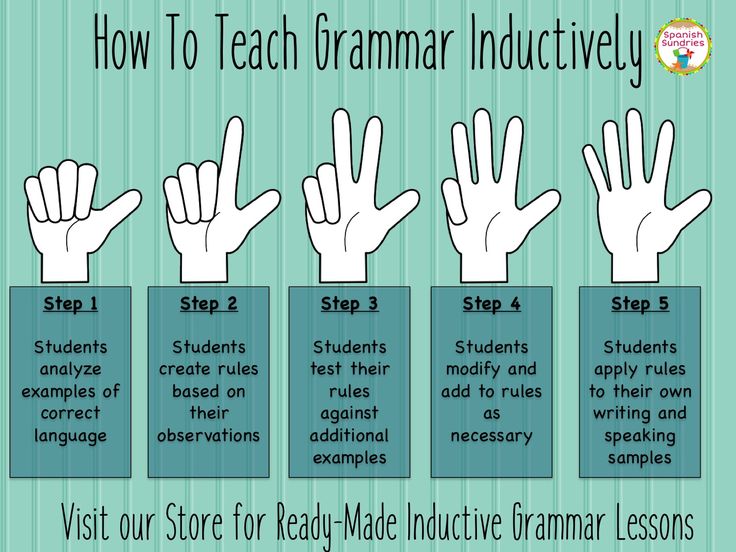 She makes a hockey stick - shaped path
She makes a hockey stick - shaped path Stylized and rounder than Cuban. With shines.
Stylized and rounder than Cuban. With shines.
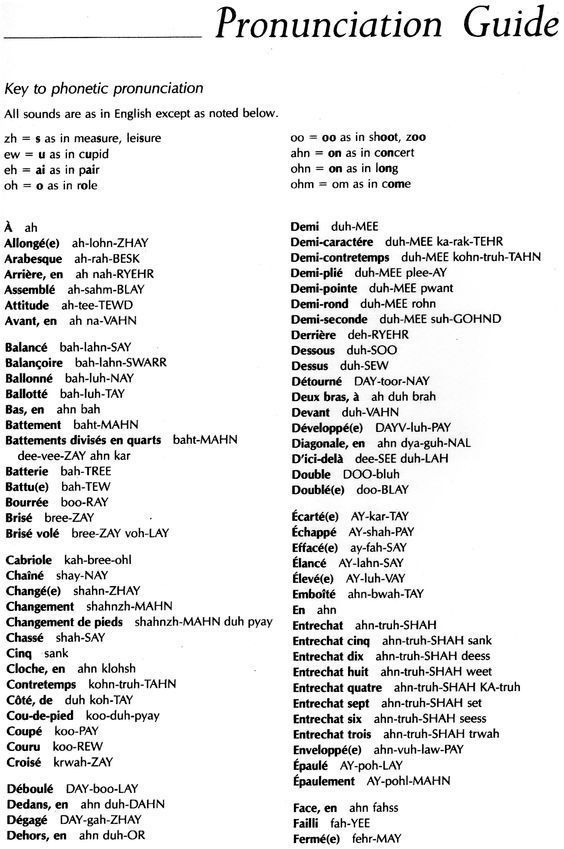 T.)
T.)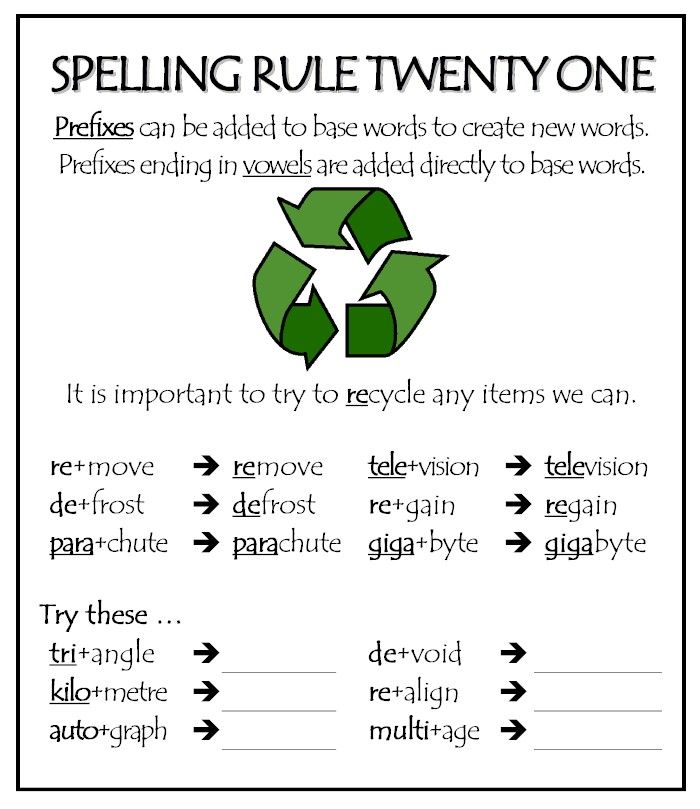 Tough, spicy, humorous
Tough, spicy, humorous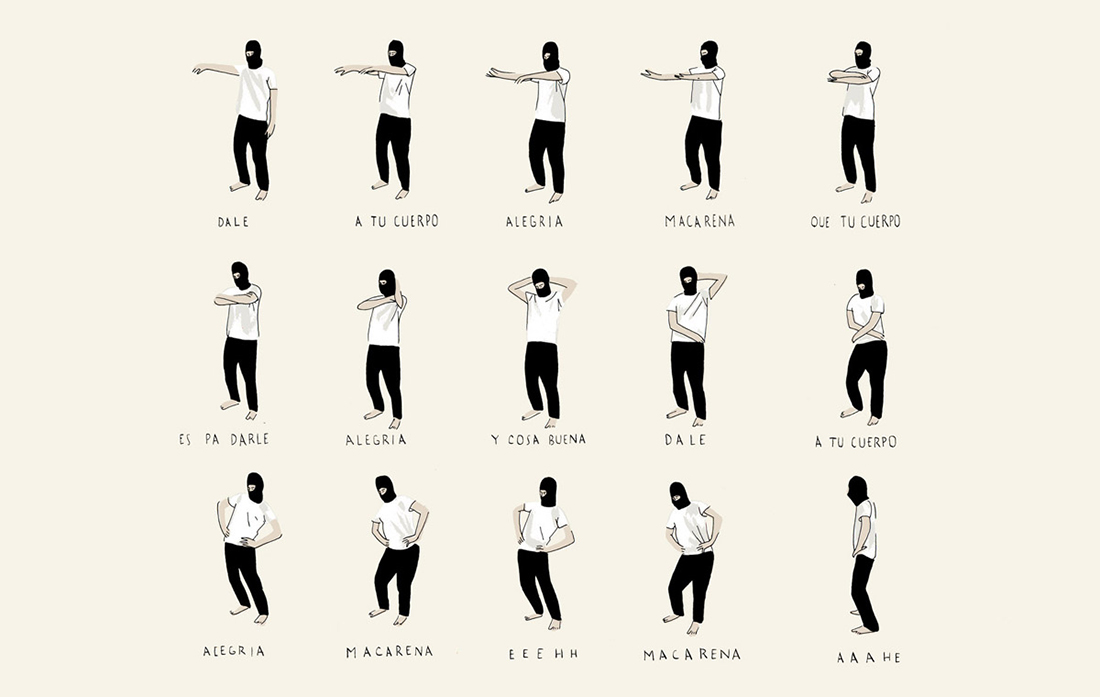 T.)
T.)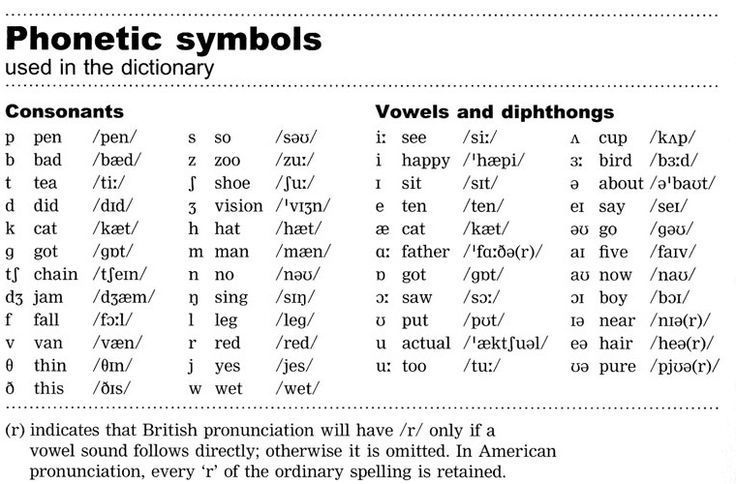 T.)
T.)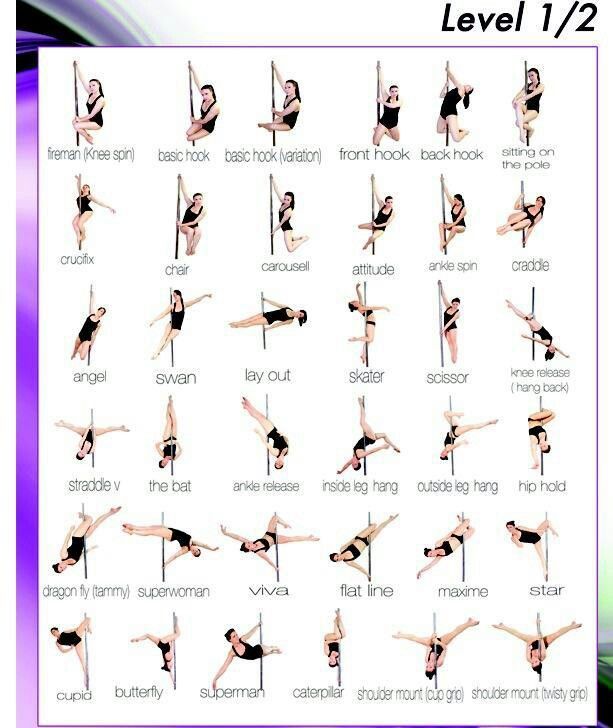 T.)
T.)